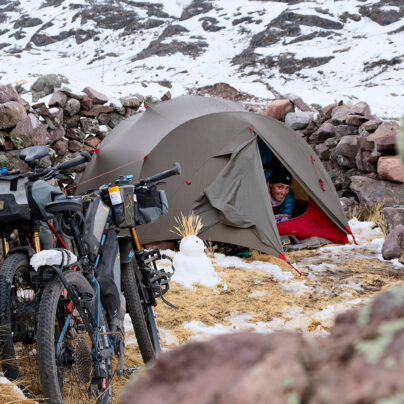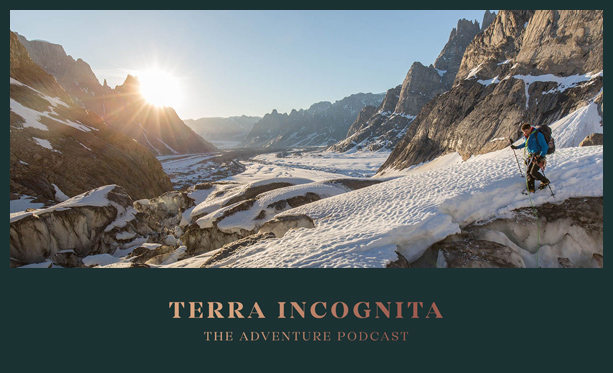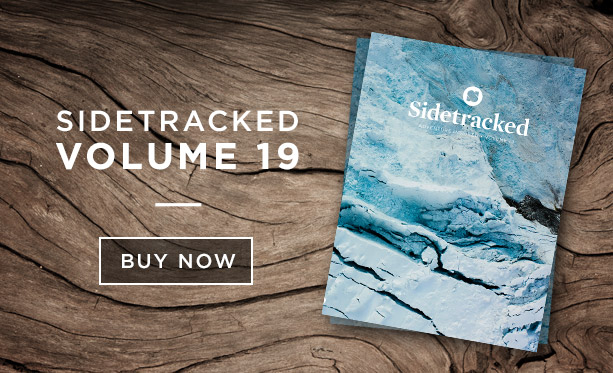Arctic Survivors
Inspiration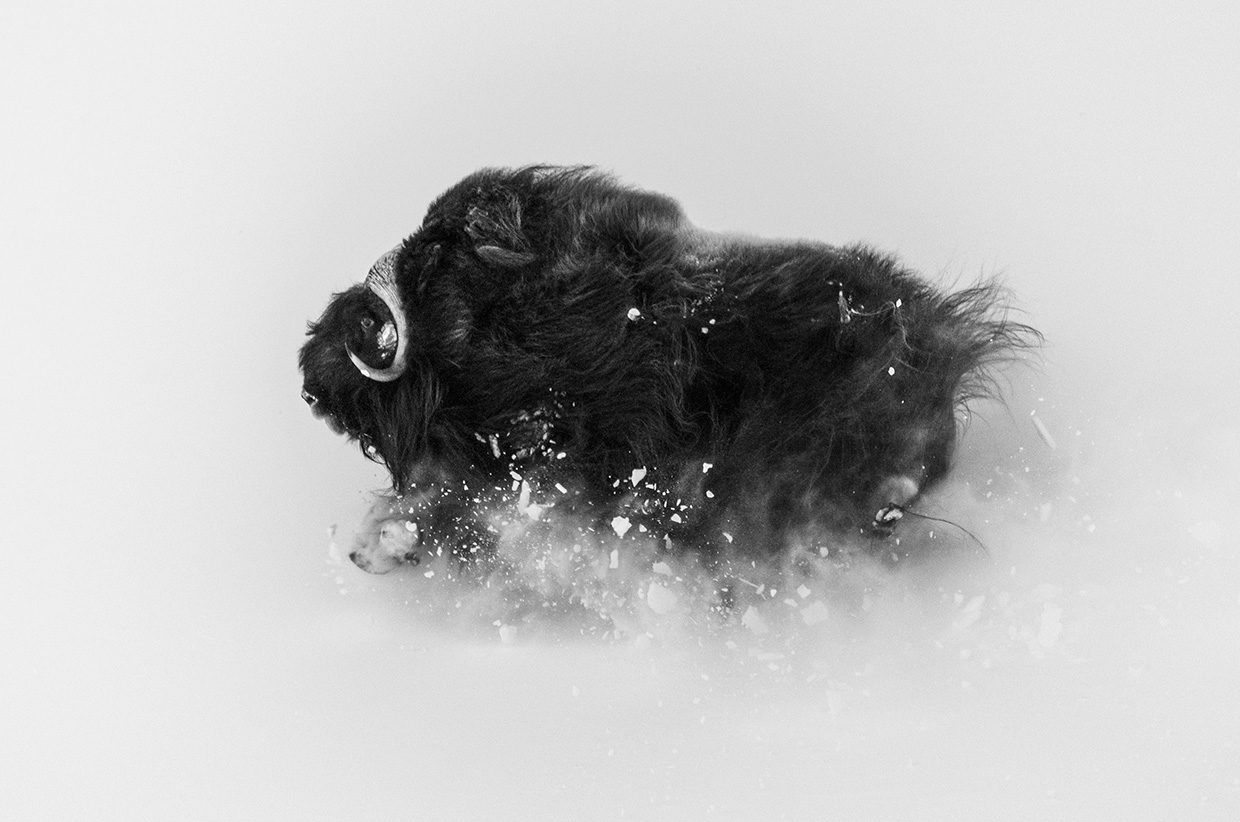
Photographing the musk oxen with Jonas Beyer
Jonas Beyer is a Danish wildlife photographer, spending his time travelling the wilderness to photograph wild creatures in their natural habitat. From Arctic foxes to polar bears, Jonas is able to get up close and personal to the animals, capturing their character and personalities in a special way. But one creature really caught our attention: the magnificent musk ox. We spoke to Jonas to hear more about his experiences photographing these charismatic animals in northern Greenland.
Growing up, it was always my dream to be a police officer and I spent most of my life chasing that dream. I always enjoyed photography, but it was never something I had planned to pursue seriously. Unfortunately, I failed my English policing exam and had to come up with a way to learn the language – sitting in a classroom just wasn’t working for me. So I found a job in Greenland at the US Air Force base in Thule. They needed an activities floater to run the gym and teach fitness classes. The job forced me to speak English every day and I knew it would be the best way to learn the language. But being in Greenland opened another door for me: wildlife photography.
Ever since I got my first camera when I was 13, I’ve really enjoyed taking photos. I’ve never had any formal training – I just learned on the go, improving with every image. Though I started by taking photos of my friends and my surroundings, I have always been fascinated by animals, always found it interesting to capture moments in a frame. And being in the Arctic provided me with an abundance of these moments.
After spending some time in Greenland, I started to love photographing the musk oxen. They were introduced into Greenland back in the 90s and they have thrived up there. These amazing animals are such majestic Arctic survivors; I think they have so much personality, with their massive fur coats, and are so attractive to photograph, contrasting against the snowy background.

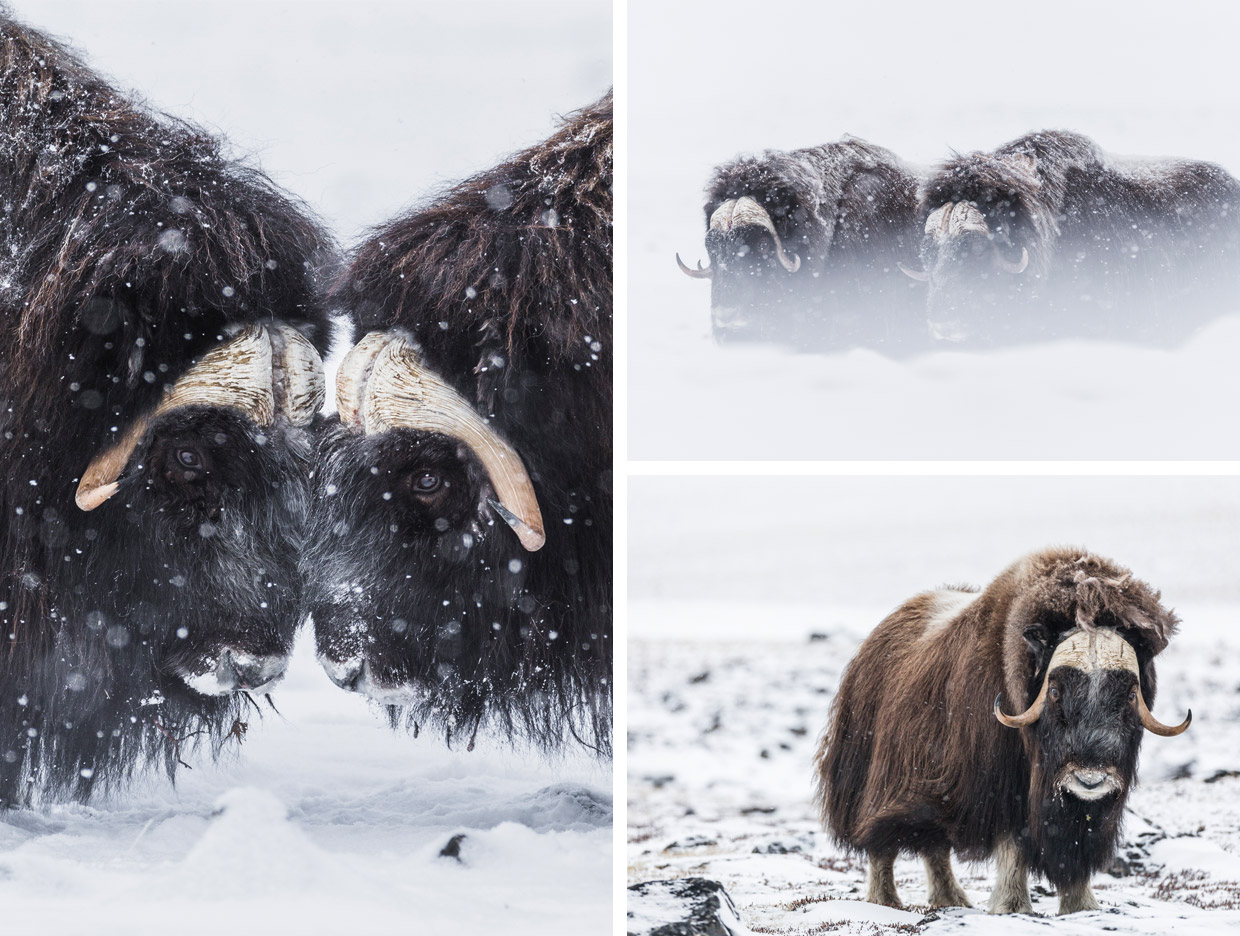
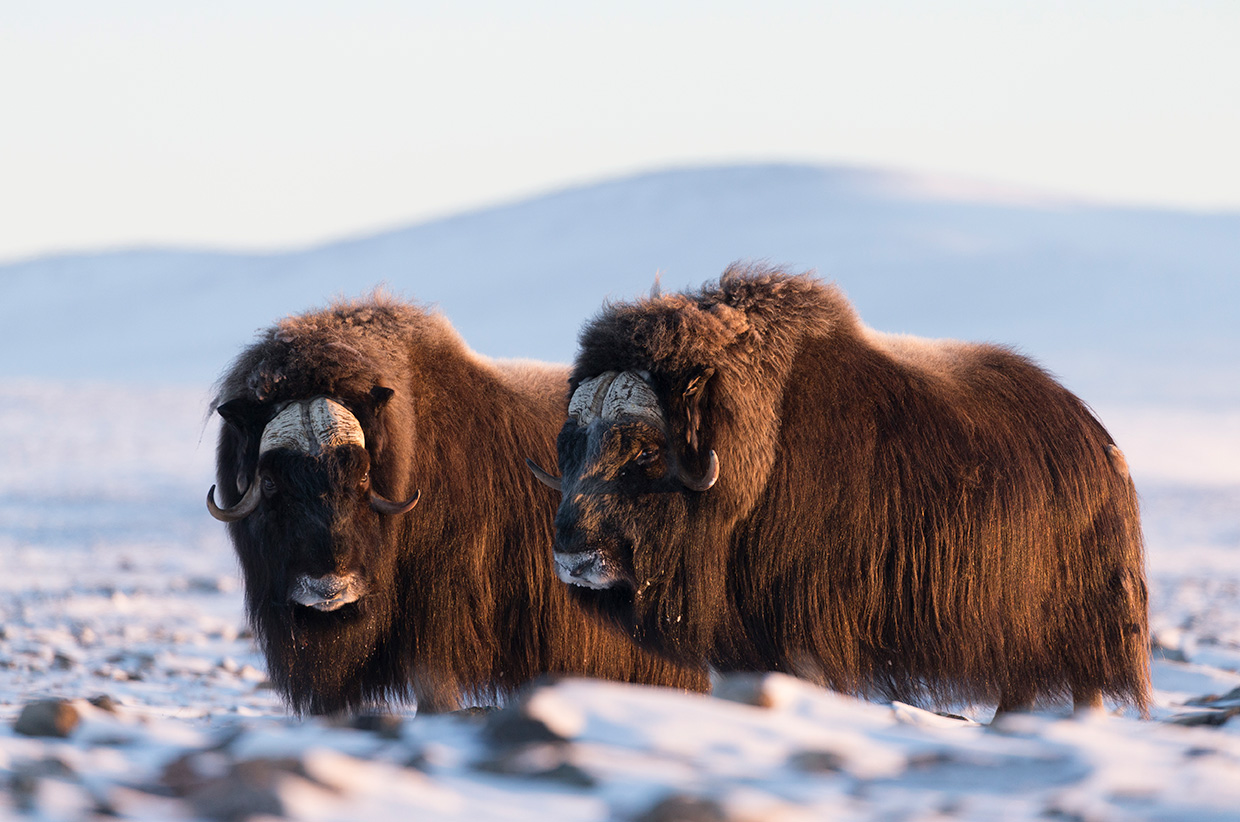
Preparing an expedition to go and photograph the oxen is more about planning for the weather than the shot. I always start a few days in advance, looking at the weather forecast and making sure all my equipment is sorted. On the day I’m planning to go out, I know when and where the sun will start to rise – unless we have sun 24/7 – and I head out to roughly where I think the oxen are likely to be.
Because I’m focused on the weather when planning to go out, the shots I plan are generally based around that as well. Do I want to photograph them in a snowstorm, in low light, in the mist, or something else? The most interesting shots of the oxen are where they are covered in snow or deeply contrasted against the landscape. But, of course, this usually means contending with horrendously cold conditions! The cold is painful. I’ve learned to wear better gear and clothes but it still bites. My fingers are always the worst part. When it’s -30°C outside my motivation for being there does, of course, falter. But that’s where the animals live. And I am motivated by showing how amazing our planet’s animals are and how incredibly they adapt to extreme conditions. Getting the shots makes the cold worthwhile.
One of my favourite things about the musk oxen is their family connection. They will do anything to protect the herd. Sometimes they don’t want me around, and they line up to protect the calves. But, by and large, they don’t pay me much attention and go about their business as usual. I feel like I get an honest reflection of their behaviour when I photograph them, which is what I really set out to do with my photos. Sometimes the weather gets to -55°C with windchill – and these oxen manage to survive and even thrive. It’s out of this world. I find them mind-blowing.
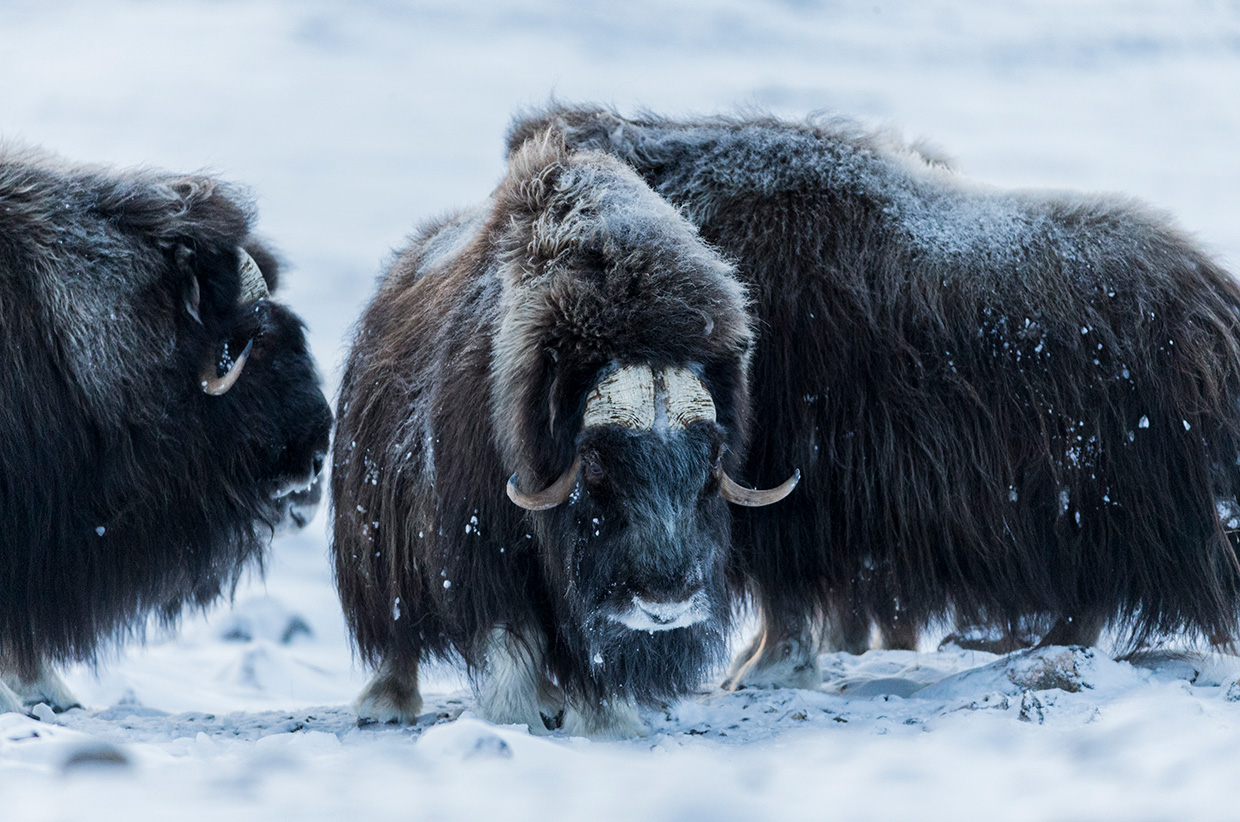
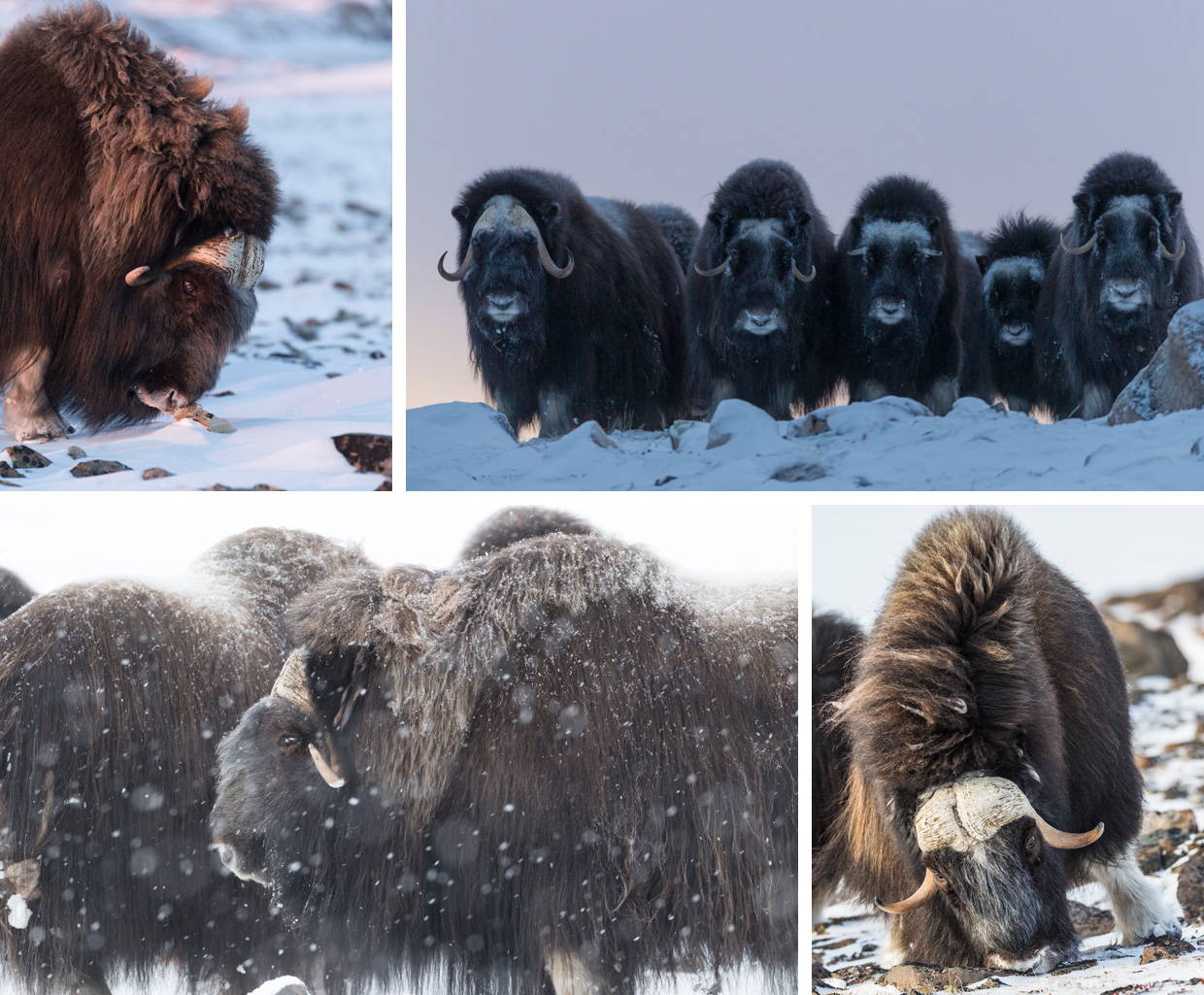
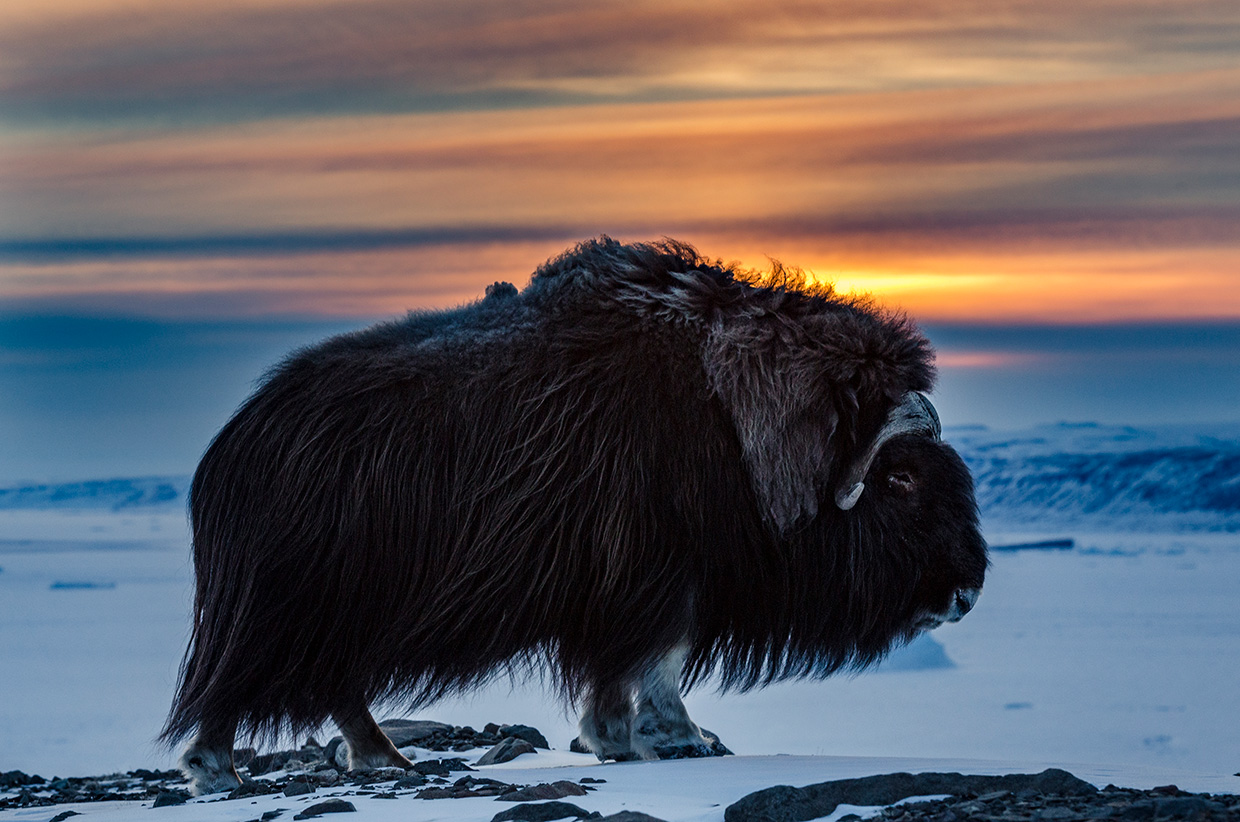
Another thing I love about photographing these animals is that there is no way you can schedule a shoot. When I go out with my camera into the Arctic desert, I have no idea what I will come home with. On 80 per cent of my trips I will come home with nothing. I cannot make an appointment with a wild animal to make sure it will be there whenever I am ready. Wildlife photography takes so much time and patience, which I think is the beauty of it. That being said, there are a few things I can control. As a photographer, I need to be ready and to be two steps ahead of a situation. I need to place myself in the right spot; I need to have thought about the light and wind. If I don’t want the animal to notice my presence, I need to have positioned myself ready to get the image when something extraordinary happens. I must blend in to draw less attention to myself in order to experience the most authentic behaviour of the animals. All this sounds like a lot of preparation, but when you are out in nature and something happens, everything goes so fast – there is only an instant to get the shot. That is what I really like about it. The whole situation depends on you and where you are in that specific moment.
As crazy as it sounds, I find it cool that I have to send myself out into such extreme environments to be able to find and capture moments with the Arctic animals. It’s important to remember at every step of the way, though, why you started what you did. Why you want the shot. There will be times when you don’t capture anything of note – times when you don’t capture anything at all – and it can feel as though everything is against you. But it will happen. If you wait long enough, something magical will always happen.
To read more about Jonas’s experiences photographing the animals of the Arctic, click here.
Website: jonasbeyer.com
Facebook: /jonasbeyerphotography
Instagram: @beyer_photo
